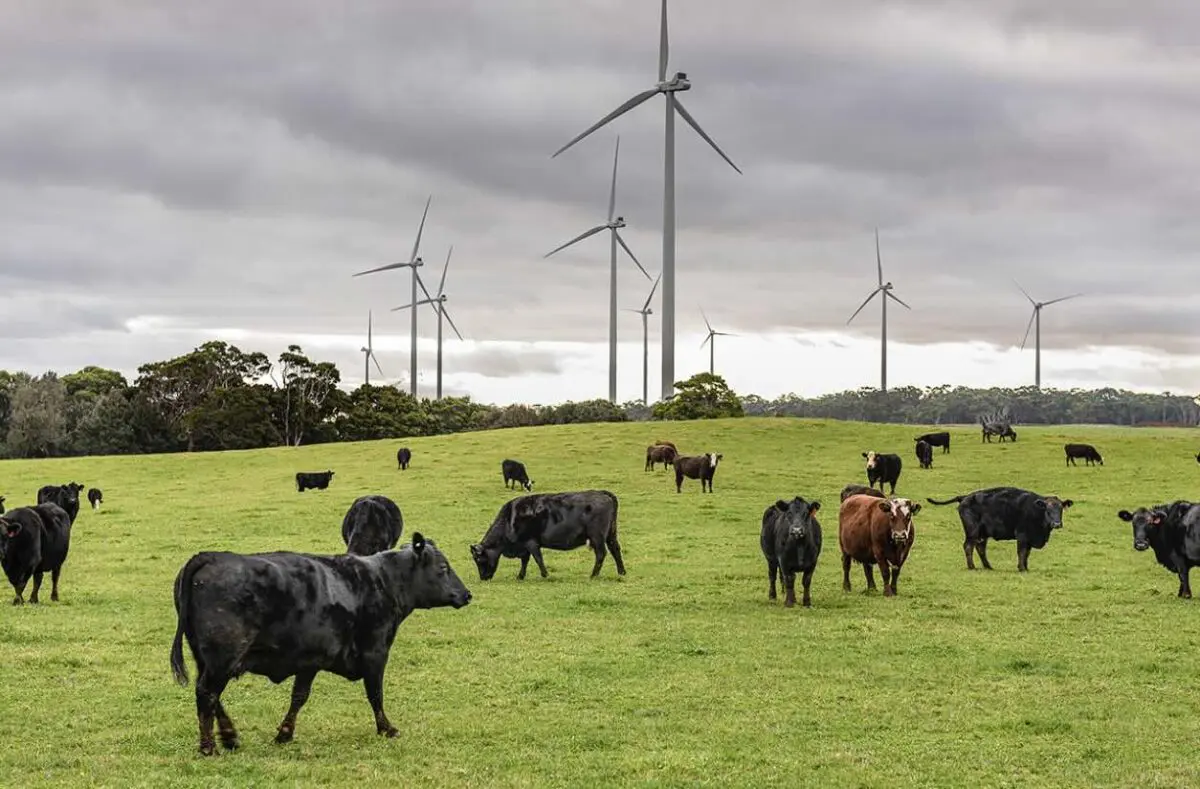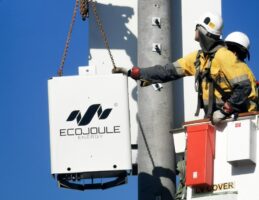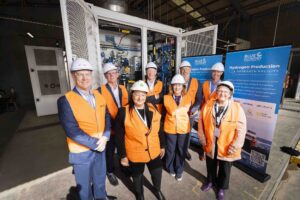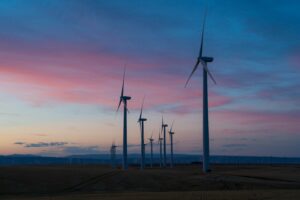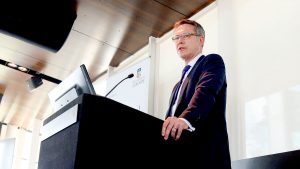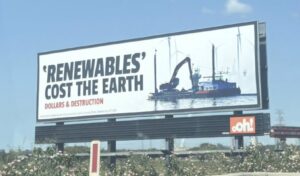Federal energy and climate minister Chris Bowen says the massive auctions for large scale wind and solar under the government’s Capacity Investment Scheme may come at no cost to taxpayers because of the number of projects competing for a contract.
Bowen’s comments came amid the intensifying debate over the renewable and storage paths chosen by Labor and the nuclear push that the federal Coalition is hanging its election prospects on.
It also comes after the minister revealed on Monday that more than 40 gigawatts of projects had lined up for a share of just six gigawatts of capacity offered in the first auction under the CIS.
Asked on ABC’s 7.30 program on Monday to reveal the cost of the program to the government, Bowen said it was not possible, given that it is an auction process. But he said the scale of interest indicated that the government would do “very, very well” in the auction.
“Because it’s an auction, we don’t reveal to the bidders what our reserve prices are, and we don’t reveal our financials because it’s an auction, and I want to get the best arrangements for the taxpayer,” Bowen said.
“It could well be that it doesn’t cost the taxpayer a dollar because the bidders have to share profits with us as well.”
The design of the CIS requires project developers to make a bid for a floor price and a collar. Essentially it is an underwriting agreement that eliminates most of the market risk and enables project developers to negotiate cheaper finance with bankers and other investors.
If the wholesale price goes below the nominated floor price, the project owners would get revenue top ups for the government. The flip side of that arrangement is that if the wholesale price is that low, then energy prices in general will also be low.
If wholesale prices end up going above the “collar”, then the project developers will share those profits with the government (taxpayer).
The bidding strategies of the project developers has been subject to some speculation in the renewables industry, particularly given the stakes at hand – it now the biggest game in the market and the main tool for the country to reach its target of 82 per cent renewables by 2030.
Some analysts have suggested the uncertainty about future policies may cause project developers to seek higher prices, particularly with the Coalition threatening to tear up contracts should they be returned to government in 2025. Others are not so sure, given the weight of numbers competing for an underwriting agreement, however small.
The government is planning to offer 23 GW of wind and solar capacity through the CIS, and another 9 GW of dispatchable capacity (with four hours storage) that is expected to be battery storage projects.
A similar arrangement – topping up for low prices and getting a refund from higher prices – has been in place in recent years in the ACT, which has protected consumers from the big hikes in wholesale energy prices over the last two years caused by the jump in gas and coal prices after the Russia invasion of Ukraine.
Those contracts were also signed years ago when wind and solar prices were much higher.
The Coalition nuclear plan, however, will be entirely underwritten by the taxpayer, given the extraordinary high cost of nuclear power plants, and their inability to compete in the wholesale market with low cost wind and solar.
Nuclear is also hampered by the fact that its economics, such as they are, depend on being “always on”. Private investors will not invest in the technology, and insurers won’t touch it either, which means that the government needs to bear the entire cost, including the extra back up needed to support very large nuclear plants.
The Coalition has so far refused to release its costings on nuclear, but the Smart Energy Council put the cost at between $118 billion and $600 billion.
All large scale nuclear plants built in western countries over the last few decades have been buried under massive cost over-runs and lengthy delays. No small modular reactors (SMR) touted by the Coalition have been built, or even licenced, and the first is not expected until the end of the decade.
“The most popular form of energy is renewables. As well as being the cheapest form of energy, the most popular form of energy is renewables,” Bowen said.
“Then there’s daylight, then there’s gas, and then there’s more daylight. And then there’s coal with nuclear at the bottom. Now Mr Dutton is saying he wants nuclear power to be a key change for Australia’s energy system going forward.
“He can’t tell you how much it’s going to cost. He can’t tell you how many gigawatts you generate. After Mr (Ted) O’Brien’s performance on Insiders yesterday, we knew less about the policy after he’d finished than when we began because he made things up as he went. I mean, this is a rolling farce of an alleged policy. It’s actually just a scam.”

